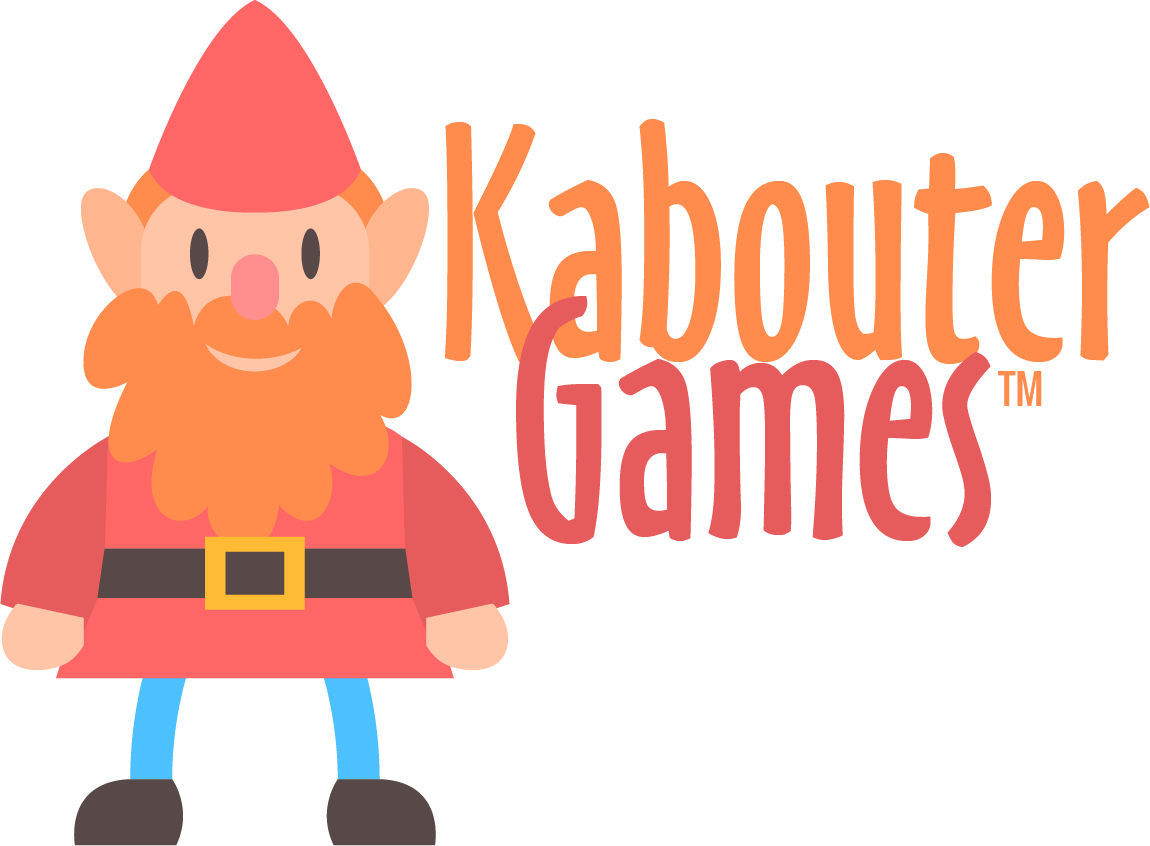Simple Adventure Design
Lots of folks think adventure design is hard. It certainly can be, if you let it.
Here’s a little secret: It’s really easy. Even for people who write adventures intended for publication, it’s nowhere near as hard as folks make it out to be. If you’re trying to develop scenarios for your own table, it’s even easier.
You need to tick a few boxes. If you came into the RPG scene in the last decade, you likely need to abandon some assumptions. But that’s about it.
We’re after simple in this exercise.
Step 1: Abandon Plot
Lots of “how to design an adventure” opinion pieces insist you need a 3-act structure and plot points and all of that stuff. You don’t. Yeah, you can include it. You don’t have to.
A big part of Old School adventure design assumes the story emerges during play (emergent). To do that you need to give the players room to make decisions and have those decisions clearly and obviously impact the story. That means a lot less work for you at the beginning! All you need to do is set a scenario and turn the players loose within it.
Step 2: Location, Location, Location
The next two steps are both labeled “Step 2” because they don’t need to be in a particular order. Matter of fact, I prefer to start with this step then let that guide subsequent steps. Your process might differ, and that’s fine.
I have an addiction to maps. There’s a thumb drive in my office that’s so full of maps I can’t put any more maps on it. 90% of my adventures start with me finding a map and going “Who lives there? Why? What are they up to?”
The location you choose definitely informs your villain and his schemes.
Step 2: Define the Villain
Who’s the bad guy? What are his motivations? What makes him kick puppies? The players might never find out (though a good adventure designer builds in ways they can find out), but it informs what follows.
What’s his Evil Plan?
If he succeeds — if the characters don’t stop him — what’s at stake? (This informs Step 4, so be careful here.)
For GMs designing for their own tables: Is the Villain aware of the adventurers? If so, is he targeting them? If so, why?
What reward does defeating the villain carry? Is there cold, hard cash? Reputation and accolades (the dreaded exposure)?
Step 3: Beg, Borrow, & Steal
There is nothing new under the sun. If you’re reading this, chances are you have a shelf full of adventure content. Take bits you like from all of them and mash them together! See what happens.
In the same vein, take bits from pop culture and use them as inspiration or gank ’em wholesale. I ran a sci-fi space campaign that was a tremendous mashup. I wanted to see what happened when you put Firefly into universe that was The Expanse and Dark Matter and Killjoys all stirred together. I just swapped names for factions, turned the players loose, and let ‘er rip. It was marvelous.
It’s easy to be too concerned about copying what works. Look, there are tons of hit songs with the same 4 chords. Each is unique. Each is good in its own right. Each uses the same chord progression. Look:
So refuse to get caught up in “this other adventure uses the same premise”. I guarantee your concept differs enough that players will enjoy it.
Step 4: Hook ‘Em
This is much more art than science, and is infinitely simpler if you’re designing for your table rather than for sale. You know what appeals to your players. You can seed bait for your planned adventure in sessions weeks if not months prior to its debut (matter of fact, you can and should do that with adventures you buy).
If you’re writing for publication, it’s more tricky. Your hooks must be more generic. Or you can ignore them entirely, and assume the PCs simply stumble on the Location and encounter the Villain, his plans already in progress. For OSR tables, this is best; when the party enters a new hex, just drop the adventure on ’em and watch what happens!
Step 5: Wrap It Up & Look Forward
It’s technically impossible to predict all possible outcomes. You should be able to predict three, though:
- Total Success
- Total Failure
- Somewhere in between
Give the GM guidance on how to handle each. Take a best-guess, middle-of-the-road outcome for the third.
While you’re considering possible outcomes, offer guidance on what might happen next. If they succeed without slaying the villain, they’ve made a mortal enemy. If they do slay the villain while succeeding, it turns out the villain was the henchman of the real villain, who seeks revenge. If they fail, what then? Do they wake up the next adventure in a cage over the scorpion pit?
No matter what happened in the adventure, use what happened as the seed for a whole new adventure!
Speaking of Adventure…
I’ve got a Kickstarter coming soon! The Drowned Valley of Gorth puts all the above into practice, giving you a great example. Hey, you might enjoy playing it, too! =D
Click the image to follow the project and be informed when it goes live. Even if you don’t support the campaign when it comes out, just giving it a follow helps with the algorithm. So thanks in advance!




